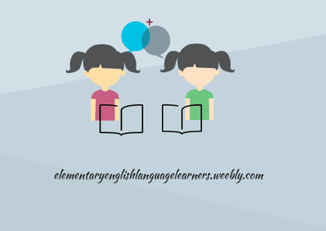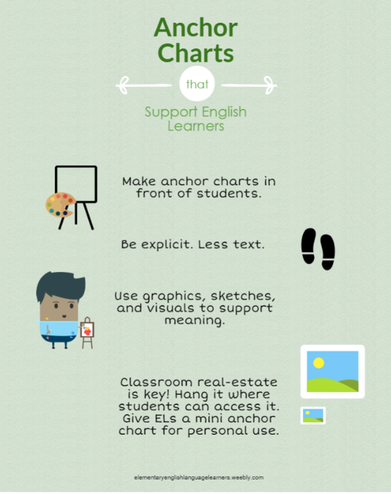|
As a leader in your building, it's important to keep current with all the best practices in education. Knowing what is new and cutting-edge in each content area is difficult yet crucial. As you walk into classrooms and observe teachers, students and the environment, how do you know that all students' needs are being met. ELLs are the fastest growing population in the United States. Are classrooms meeting the needs of their diverse students?
Here's what to look for: I have written about my personal experience before on my blog. I have even shared it publicly in my school district to help raise awareness about the ELL experience. But lately, it has become so much more than my story.
Co-Teacher ToolkitAs a Collaborative Teacher or Co-Teacher, you may go into multiple classrooms and various grade levels each day. This type of schedule has its advantages, but it also can be quiet a heavy load as far as planning is concerned.
In my own experience, I have been in the shoes of the classroom teacher and the ESL teacher coming in to co--teach. In both cases there were times when planning together just wasn't possible. I found that having a toolkit with me was a lifesaver as I came into classrooms to serve students. One thing I know for sure is that before kids can learn in an academic setting, their basic needs must be met. Their bellies must be full, they have to have had a full night of sleep, they must feel safe, and they need to feel that they belong. Maslow's motivational theory contends that what motivates our students do to what they do and behave the way that they behave is the desire to fulfill basic needs.
 One of my favorite ways to let students practice reading for automaticity, fluency and expression is with Ear to Ear Reading. There are so many benefits to this easy to implement strategy! Because it is done in pairs (or triplets in rare cases) it lowers the affective filter for students and helps to build interdependence among students. Have you ever walked into a classroom and looked around in awe at the beautiful charts and posters? The beautifully decorated boarders and store bought matched sets? But when you ask the students about them, they don't have a clue what they are for or how to use them?
 Scaffolding...when I hear this word, I think of the small trees that were planted in my front yard. Around them, the gardeners placed metal tree stakes as supports. Scaffolds in teaching are like the stakes around the tree. Interestingly enough, it is suggested that the sooner the stakes are removed, the sooner the plant can develop a strong trunk and root system. And staking a tree that does not need it can do more harm than good. So in essence, though stakes in general seem like a good thing, if implemented incorrectly, they can harm the tree. |
Categories
All
|






 RSS Feed
RSS Feed
